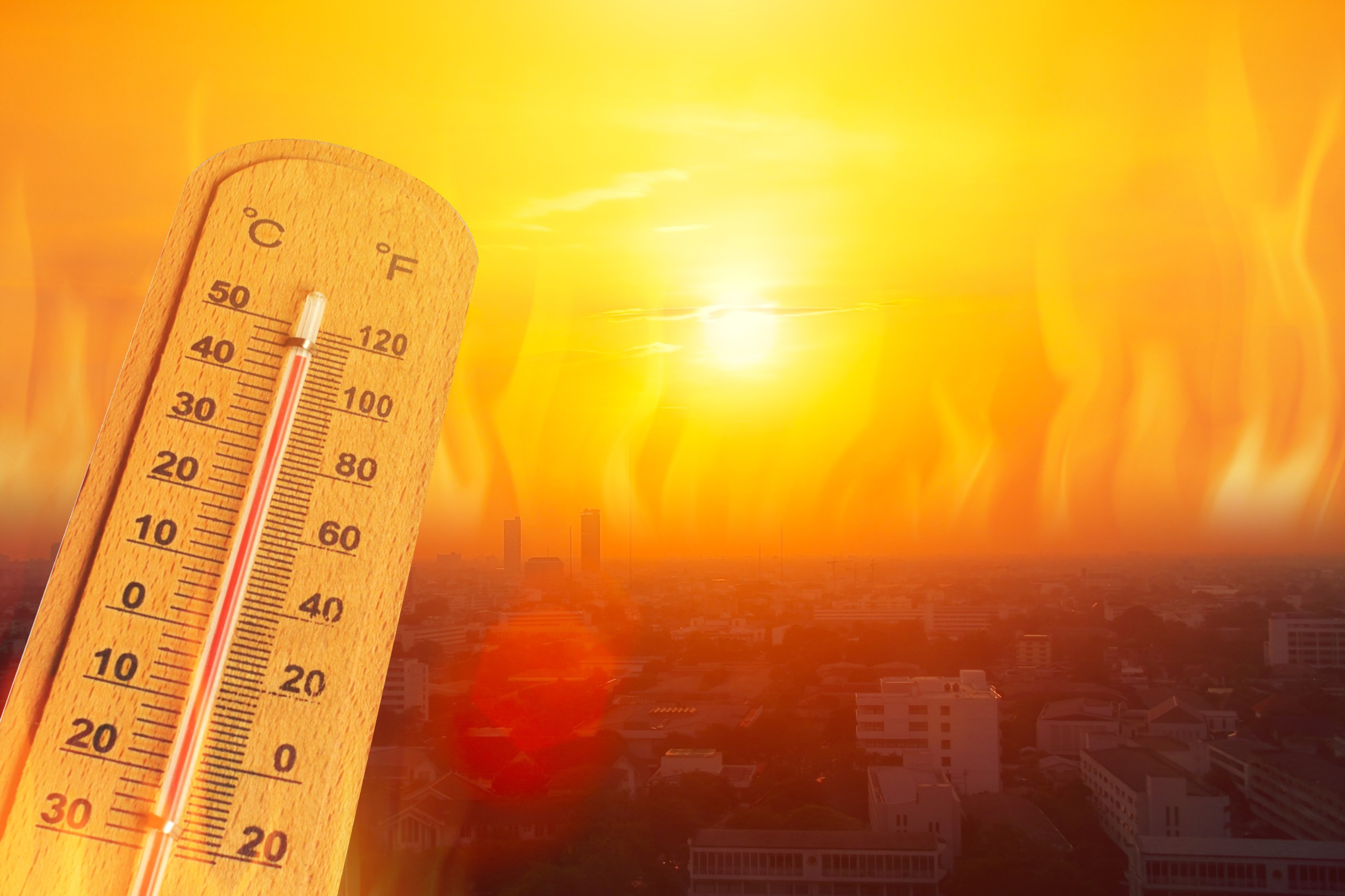
Heavy Rain, Flooding, and Chance of Severe Weather Staring Down the Southern U.S.
January 22, 2024
Posted: June 22, 2023 6:13 pm





The recent heat wave across the southern Plains is a reminder that the summer weather can turn dangerous in a hurry. Excessive heat is the most deadly weather element in the U.S.
While most people are aware of the perils of heat exhaustion and heat stroke, there are several additional hidden dangers that you should be aware of as the mercury continues to climb this summer. Here are few of these dangers that you may have not considered.
Not all drowning accidents lead to death. Non-fatal drowning incidents soar during heat waves as people rush to the water in an effort to cool down. This trend is particularly true in areas that are not accustomed to dealing with heat.
For instance, hospitalizations increased substantially across Washington state and Oregon during the heat wave of June 2021. This desire to beat the heat also attracts inexperienced swimmers to the water, increasing the risk of drownings.
While surviving a drowning incident is clearly the goal, these survivors are often plagued with long-term health complications. This includes the potential of damage to the brain and other organs.
Related to non-fatal drownings is the problem of cold shock. It is vital to understand that water temperatures may not be warm even as the mercury outside begins to climb. A sudden cold plunge into the water can potentially shock the brain and trigger breathing issues or alter the body’s heart rate and blood pressure.
Water temperatures as warm as 55 degrees may be cold enough to create severe health problems, including the possibility of a fatal reaction. This is because cold water has the ability to steal heat from the body at a rate of up to four times faster than air at the same temperature.
Even the most experienced swimmers may experience cold water shock that can lead to drowning. The natural body reflex of inhaling water when you gasp due to the cold water shock is one of the most serious hidden dangers of the excessive heat.
The second phase of cold water submersion may also prove deadly as swimming becomes more difficult because the body decreases blood flow in an effort to support organ function. This loss of body performance makes it difficult to kick your legs or move your arms, heightening the danger of drowning.

Although dehydration is a more serious complication of the heat, it is also possible to become over hydrated. Drinking too much water too quickly dilutes the sodium content circulating in the body, creating a condition that is known in medical circles as hyponatremia.
Hyponatremia presents with symptoms of nausea, headache, muscle weakness, and fatigue. One of the most serious symptoms is the onset of seizures. The problem has often been reported in long-distance runners or other endurance athletes that may accidentally drink too much water without replenishing their sodium stores. This is why marathon runners often carry salt packets to use along with their water intake.
The condition is also more prevalent in patients that use medicine that increases water retention in the body. As these people drink more water to cool off during heat waves, they boost the chances that the sodium in the body becomes too diluted. Be sure to check your medications to understand how they may potentially contribute to drug-induced hyponatremia.
Some of the hidden dangers of excessive heat may be lurking in the water in your community. During the heat wave that gripped the Northwest in 2021, health officials in Oregon reported a spike in the number of hospital visits due to exposure to cyanobacteria. Also known as blue-green algae, this type of bacteria is found living and multiplying in bodies of water when exposed to high levels of sunlight and heat.
For instance, the algae blooms tend to form in warm water that is not stagnant or not moving quickly enough. The algae feeds on nutrients from septic tank overflows or runoff from fertilizing products.
Complicating the issue is the fact that the cyanobacteria starts to grow at the same time that people tend to want to jump into cool water for relief. This creates a perfect storm of hidden heat dangers. Some of the most common symptoms of exposure to this bacteria include stomach cramps, vomiting, diarrhea, skin rash, fainting, and numbness or tingling.
It is important to note that one of the most important indicators of how dangerous a heat wave may prove to be is the individual acclimatization of local residents. For instance, natives of Arizona are typically equipped to handle the heat more efficiently than individuals who grew up in the Pacific Northwest. This is why heat waves are a bigger concern in this part of the country when compared to areas across the southern tier.
Did you find this content useful? Feel free to bookmark or to post to your timeline for reference later.

January 21, 2024

January 19, 2024

January 18, 2024